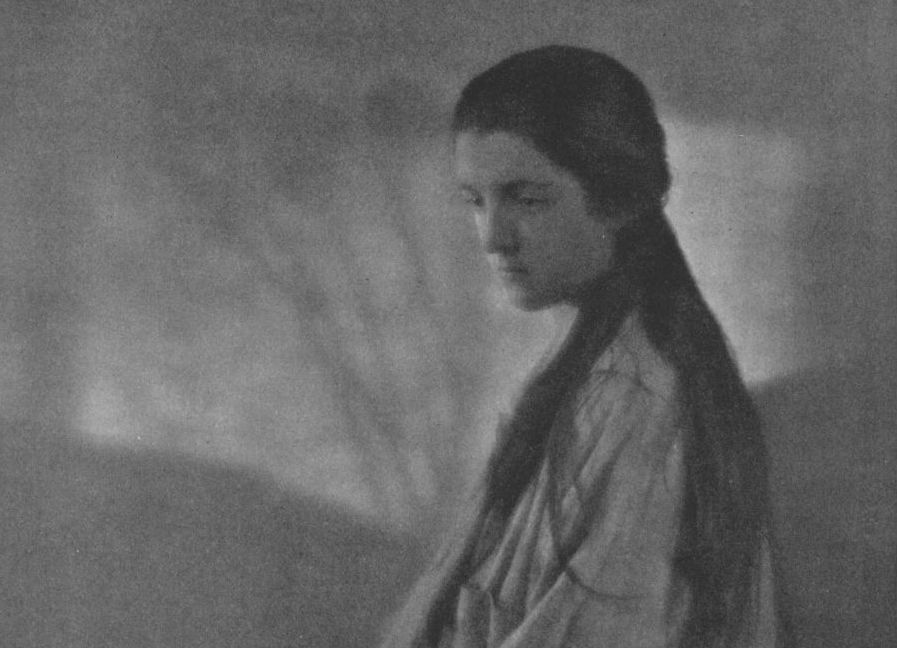Books
The Case for Nabokov
An even moderately careful reading of Lolita should make it quite clear that it’s anything but a “celebration” of child rape.

Vladimir Nabokov, whose 120th anniversary we mark this Spring, remains one of the 20th Century’s most acclaimed and enduring writers. He keeps turning up on various Greatest–Books lists, often more than once—for the novels Lolita and Pale Fire, as well as his autobiography, Speak, Memory. And yet in this day and age, Nabokov is clearly a “problematic” fave. Not only is he a dead white male of privileged pedigree, but the novel that made him a literary star is, in the scolding words of feminist essayist Rebecca Solnit, “a book about a white man serially raping a child.” What’s more, Nabokov, a Russian-born refugee from both Communism and Nazism who died in 1977, made no secret of his contempt for both progressive political causes and literature as a means to advance them. He was politically incorrect avant la lettre.
And so it is not surprising that anti-Nabokov rumblings have been bubbling up in recent years. They include Solnit’s widely praised 2015 essay “Men Explain Lolita to Me,” in which she wrote about being lectured by males online after daring to question the misogynistic literary canon. (That piece, as I pointed out in a review of Solnit’s essay collection, is based on a fraud: Solnit’s chief mansplainer turned out to be a woman with a gender-ambiguous name who was not lecturing Solnit, but was talking to someone else in a Facebook group. When caught out by commenters, Solnit made surreptitious face-saving edits such as changing “this man” to “this reader.”)
While Solnit offered the disclaimer that “I had never said that we shouldn’t read Lolita,” she clearly seemed to include it among books that treat women as “dirt.” Some got the message. Author, editor and literary publicist Kait Heacock wrote that, partly due to Solnit’s essay, she has decided to “break up” with her once-beloved Lolita because she will no longer support literature “built on the backs of young girls.” In a 2016 article, Boston Globe columnist Alex Beame also invoked Solnit to condemn Lolita as “a gruesome celebration of pedophile rape…embraced and promoted by the male literary establishment.” (In reality, the novel was disliked by plenty of literary men, from Nabokov’s friend Edmund Wilson to New York Times book critic Orville Prescott—and has had plenty of female fans, including Dorothy Parker and Elizabeth Janeway early on, and Erica Jong and Amy Tan in later years.)





